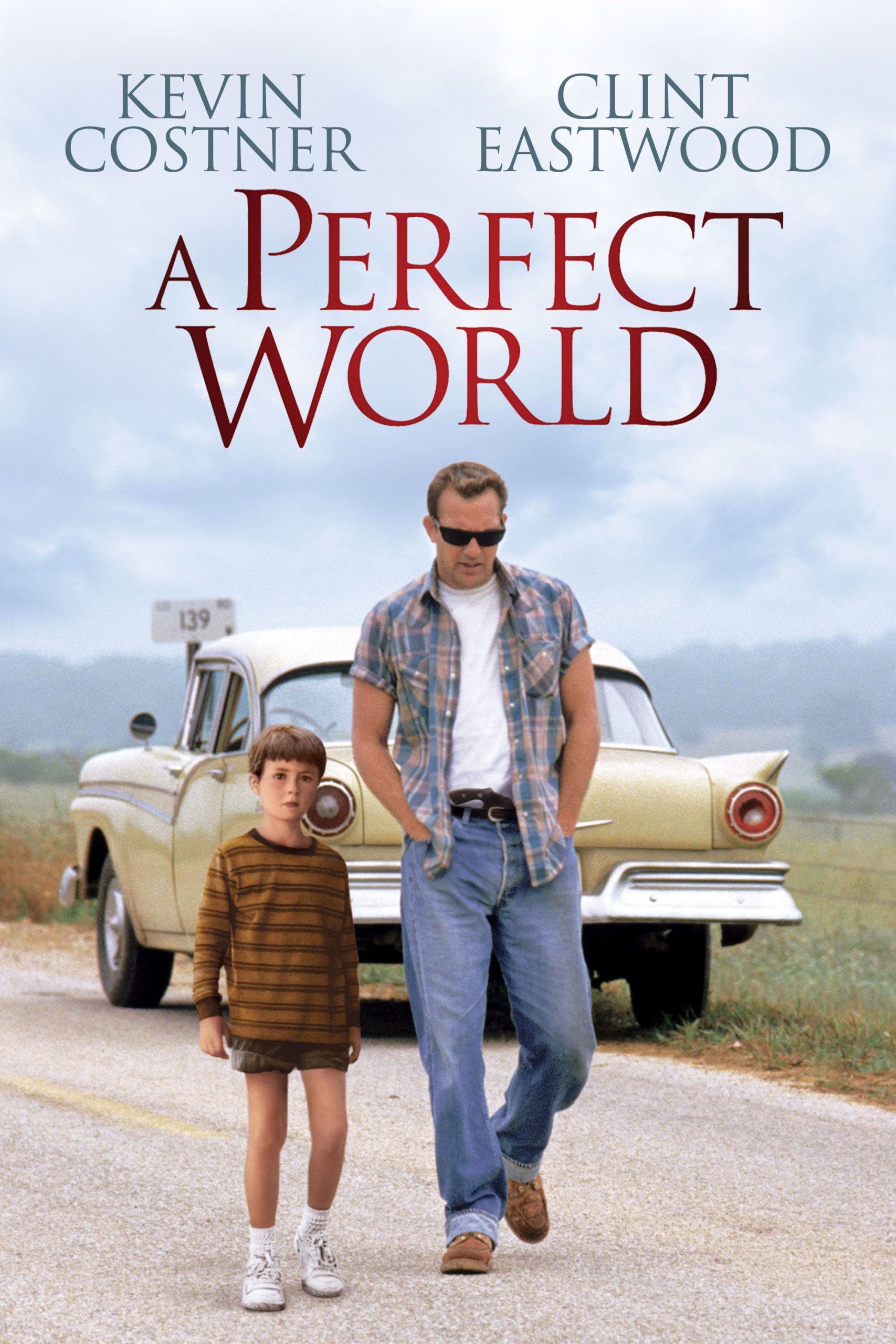The film “A Perfect World” is a classic work directed by the famous director Clint Eastwood and released in 1993, the film by the powerful actor Kevin Costner and the director himself, the film to children’s experience to recreate the issue of affection and education, showing a profound connotation and a warning to reality.
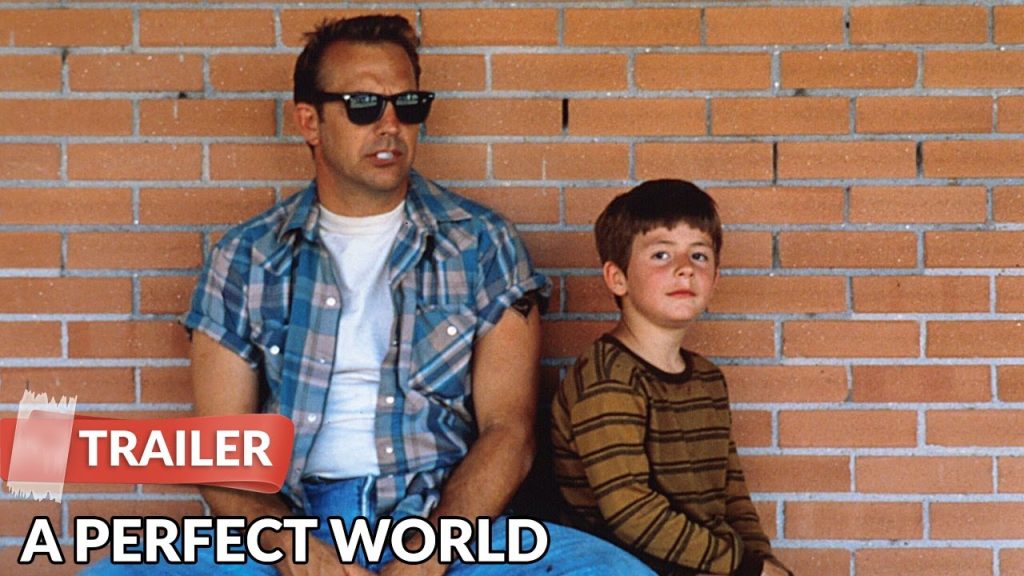
The film’s storyline is very simple. It takes place in 1960s Texas, where two criminals have successfully escaped from prison and taken an 8-year-old boy, Phillip, hostage, and fled towards the Texas border. The governor, who is facing an election, immediately orders the police to chase the fugitives in order to save his reputation and pull votes, and the two sides start a road race in Texas.

On the way, the criminal Butch to take good care of little Philip, little Philip also experienced a lot of never thought of the excitement and joy, and with Butch produced a kind of almost father and son of the unusual feelings. Instead of saying that Butch and Philip are on the run, it is better to say that both of them are looking for the ideal perfect world in each other.

A profoundly realistic film reflecting education and emotions, “A Perfect World” was produced by Warner Pictures in 1993, and the film has a strong social and cultural background from its macro design to its plot details. The whole movie is not a simple crime movie, it actually shows the good and evil of human nature, and it also reflects the problems of real social life in America from another perspective. The director uses rich camera language to guide the audience into the perfect world he has constructed, and through contrast, the audience can appreciate the imperfection of reality in the story.

The film does not use complicated expression techniques, no excessive special effects, and no exaggerated conflicts. The director simply tells a story slowly over time, and through this brief journey and emotion, the director conveys the past, present and future of the characters in the film, presenting them to the audience through different perspectives and ways.
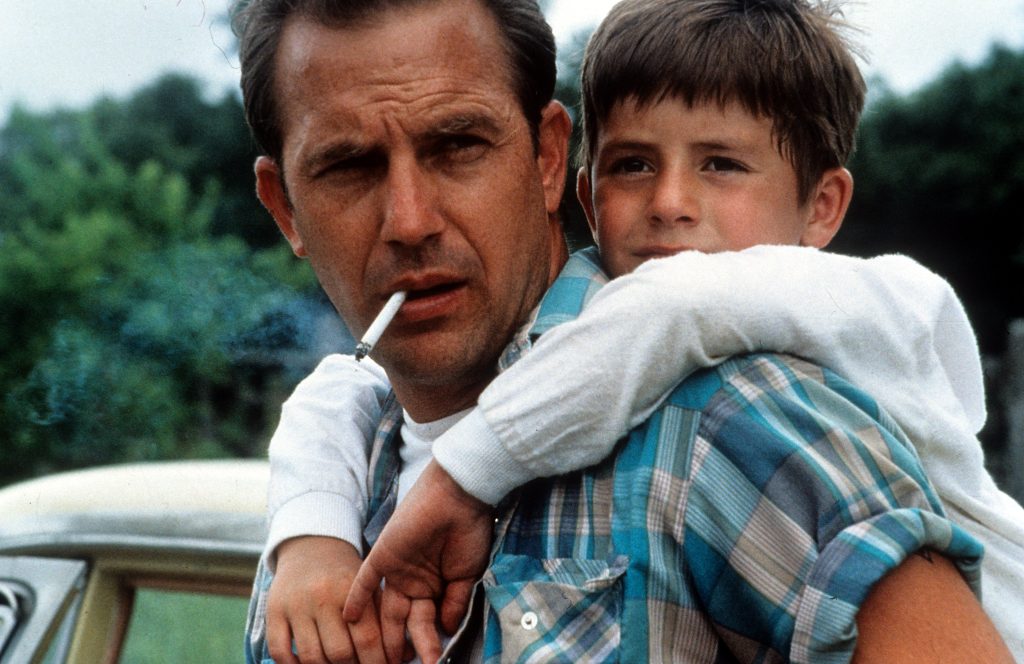
Although this is not an art film, what conquers the audience is not the commercial elements or the eye-catching subject matter of the film, but the director’s exquisite portrayal of universal human emotions and the dramatic portrayal of ordinary life, which triggers us to rethink the definition of perfection.
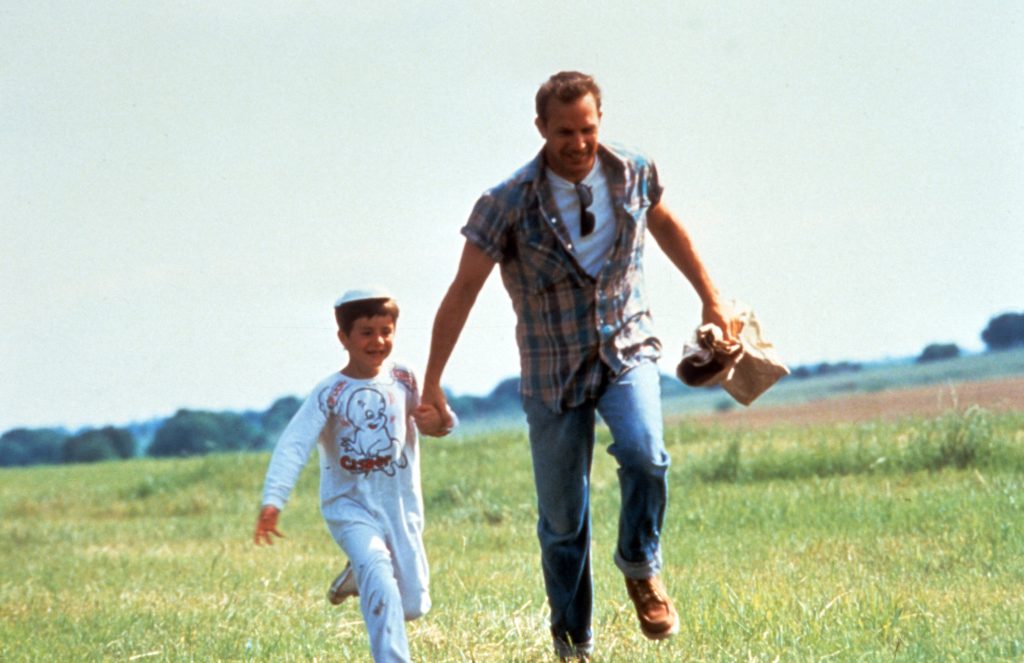
In the film, director Eastwood focuses more on the multi-faceted nature of his characters, trying to create two equally three-dimensional characters. At the beginning of the film, the weak Philip is contrasted with two tall, lanky, fierce gunmen bandits. As a result, the film starts off with a scary and tense pace.
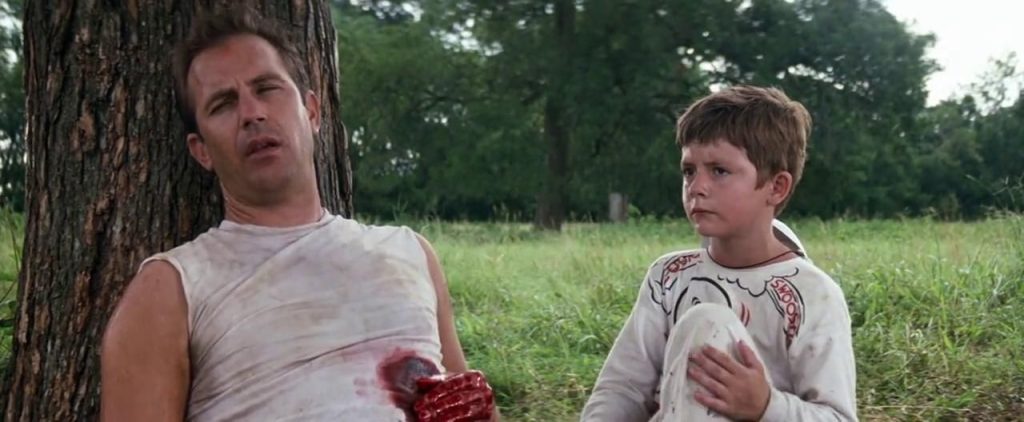
However, as the plot develops, the words and actions between Bush and Philip gradually dilute the atmosphere of fear and tension, and the relationship between the robbers and the hostages spontaneously generates a chemical change to one of softness and warmth. The director tries to integrate the audience’s emotions into the film’s story, slowly intertwining with the protagonists, using the story to touch and explore the latent childhood memories within each viewer.
Throughout the film, Eastwood’s “A Perfect World” is based on a good control of the narrative’s light and dark clues, and implements a precise control of the story’s details, which fundamentally makes the character portrayal seem real and intimate. The film’s logic is clear, and the plot descriptions are just right, showing Eastwood’s sophisticated composure for the camera. At the same time, the film has far-reaching social, moral and educational significance and connotation is thought-provoking, the film is a story full of warmth, speaks of the world’s beautiful emotions and human deep desire for affection, it can be said that this is a very unique classic of Eastwood’s many works.
